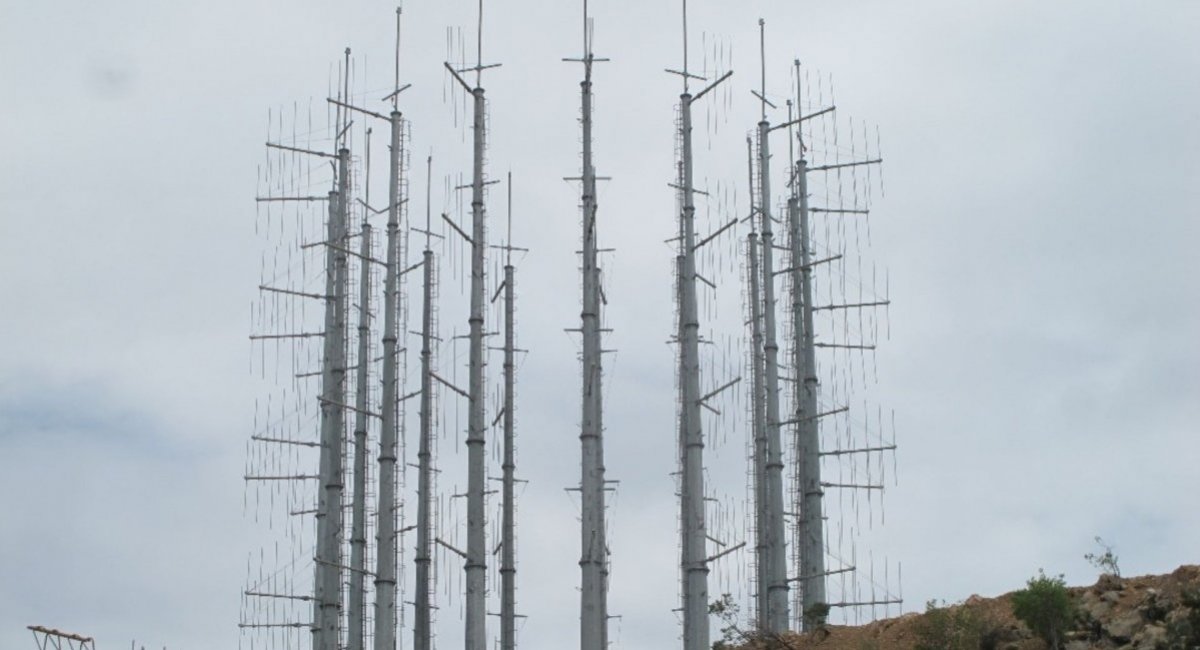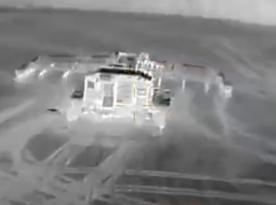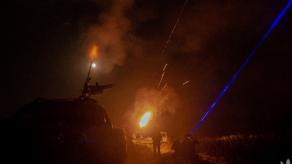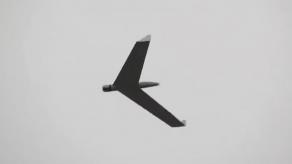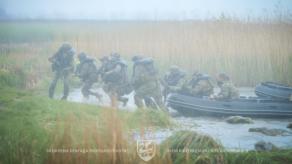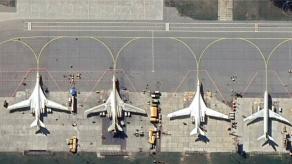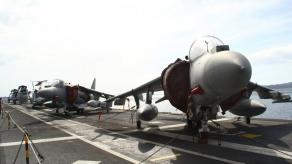Tehran is expanding its defense capabilities against aerial and missile attacks by deploying its own over-the-horizon radar system. A new element of this system is the Nazir radar that has been installed recently in the mountainous province of Gilan on the shores of the Caspian Sea, as reported by iranian media outlets, including Islamic World News.
However, Defense Express notes that it might have achieved operational readiness even earlier: satellite images of this massive radar indicate that its construction began back in 2022, and by the end of 2023, the main structure of the antennas already looked complete.
Read more: Ukrainian F-16 Pilot Set a Historic Record by Shooting Down Six Missiles in One Flight
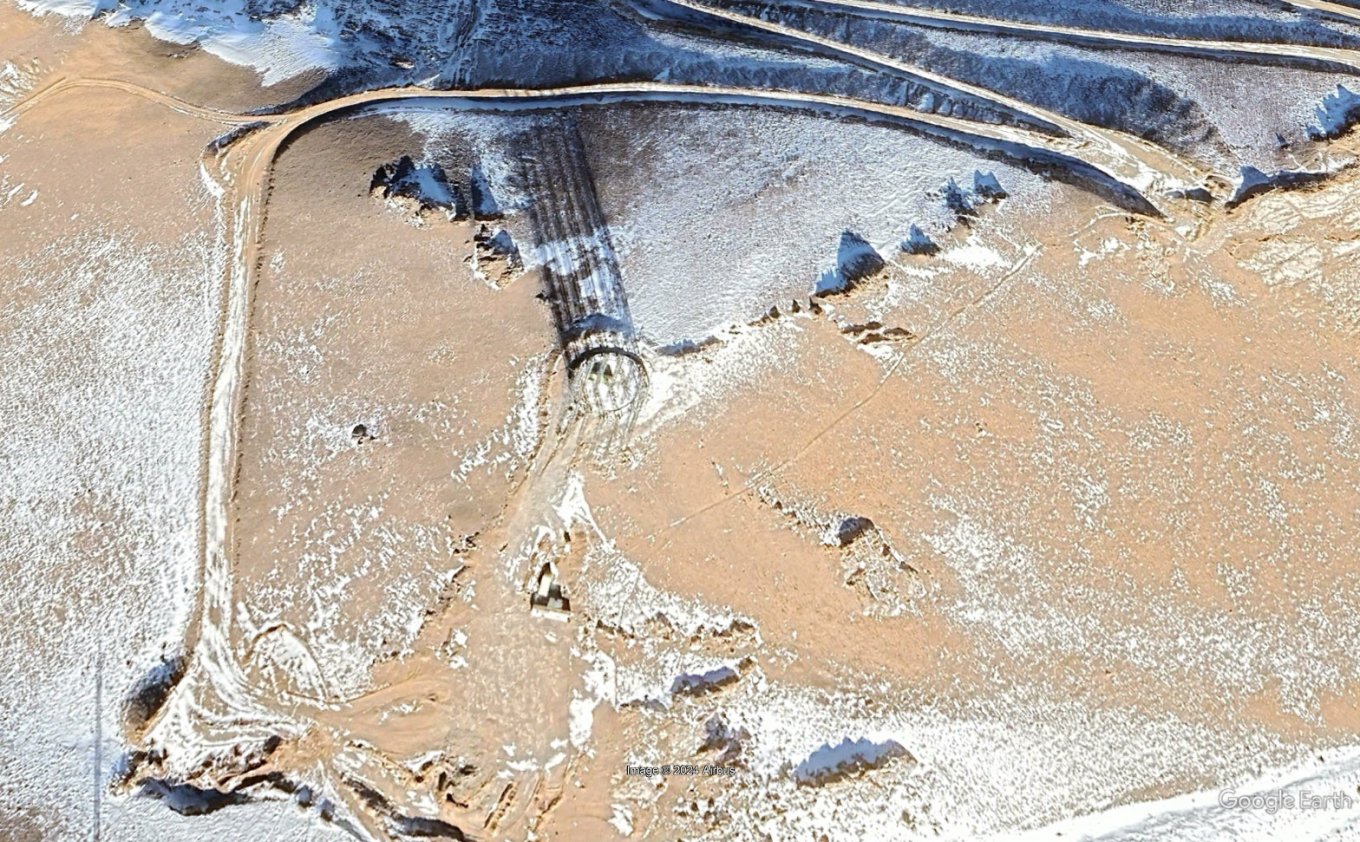
Although we must also specify that the radar is not just the antennas but a whole complex of receivers and transmitters, power systems, etc. So it is possible that the new radar remained inactive and only now it has been officially put into operation or even just started working.
Nazir's declared capabilities are object detection range 800 km at altitudes up to 30 km. Tehran claims that the system can spot and track low-visibility objects such as cruise missiles and warn of ballistic missile launches. The domestically-developed radar was first demonstrated in 2015.
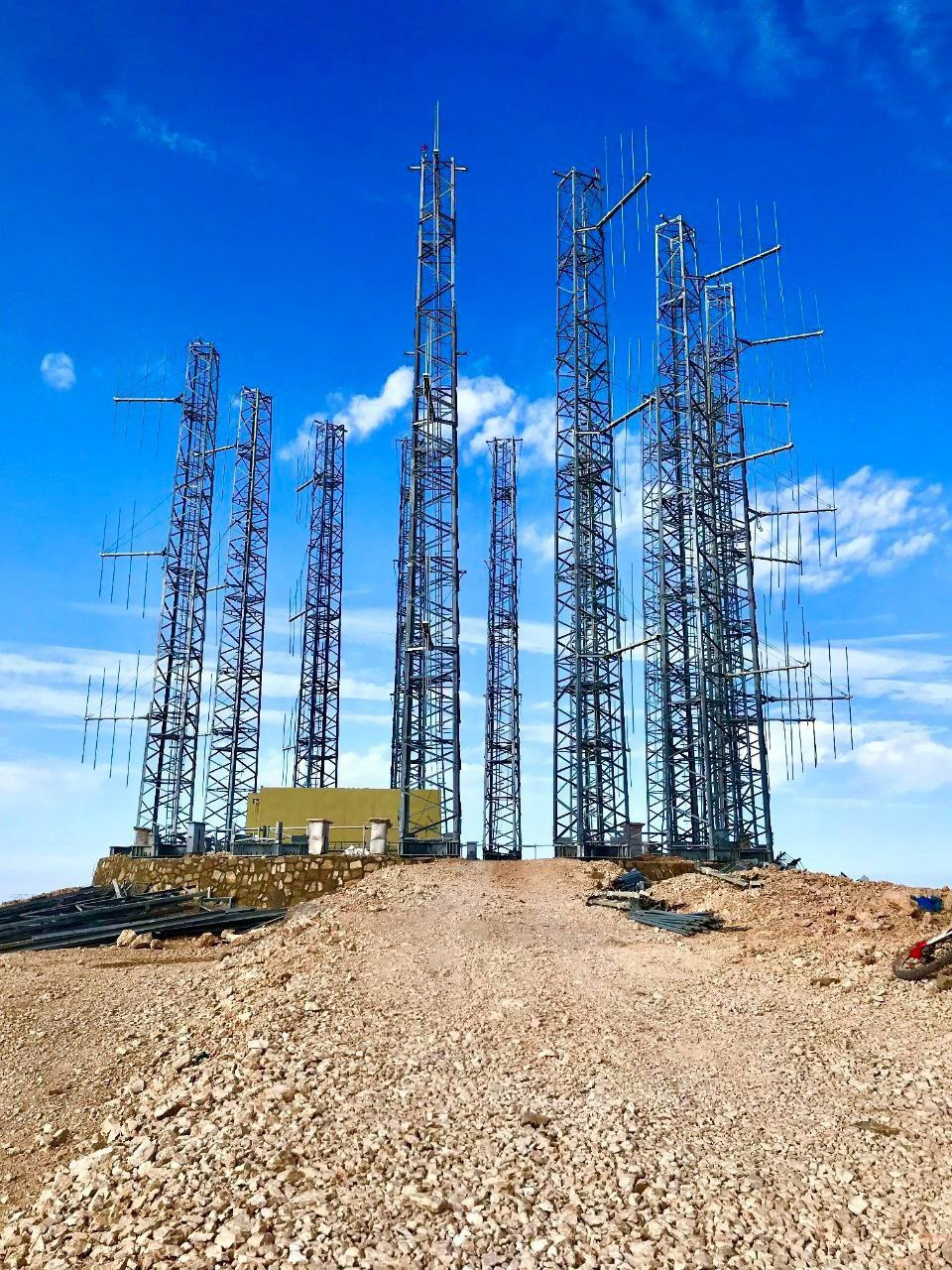
Given the location of the new radar, it should be capable of covering the northern surveillance zone which was previously a gap in iranian air surveillance systems. In fact, it mostly faces towards iran's ally, the russian federation, with a viewing angle wide enough to partly see russian regions Dagestan and Chechnya. It also covers the entire territory of Azerbaijan, Armenia, eastern regions of Turkiye, parts of Kazakhstan, Uzbekistan, and Turkmenistan.
Among them all, the key strategic adversary is Azerbaijan. At least iranian media report that during the latest attacks by Israel, some of the strikes were launched from the northern direction, thanks to Azerbaijan offering its airspace to Israeli pilots. From now on, however, iran will be able to see any threats from the north in advance.
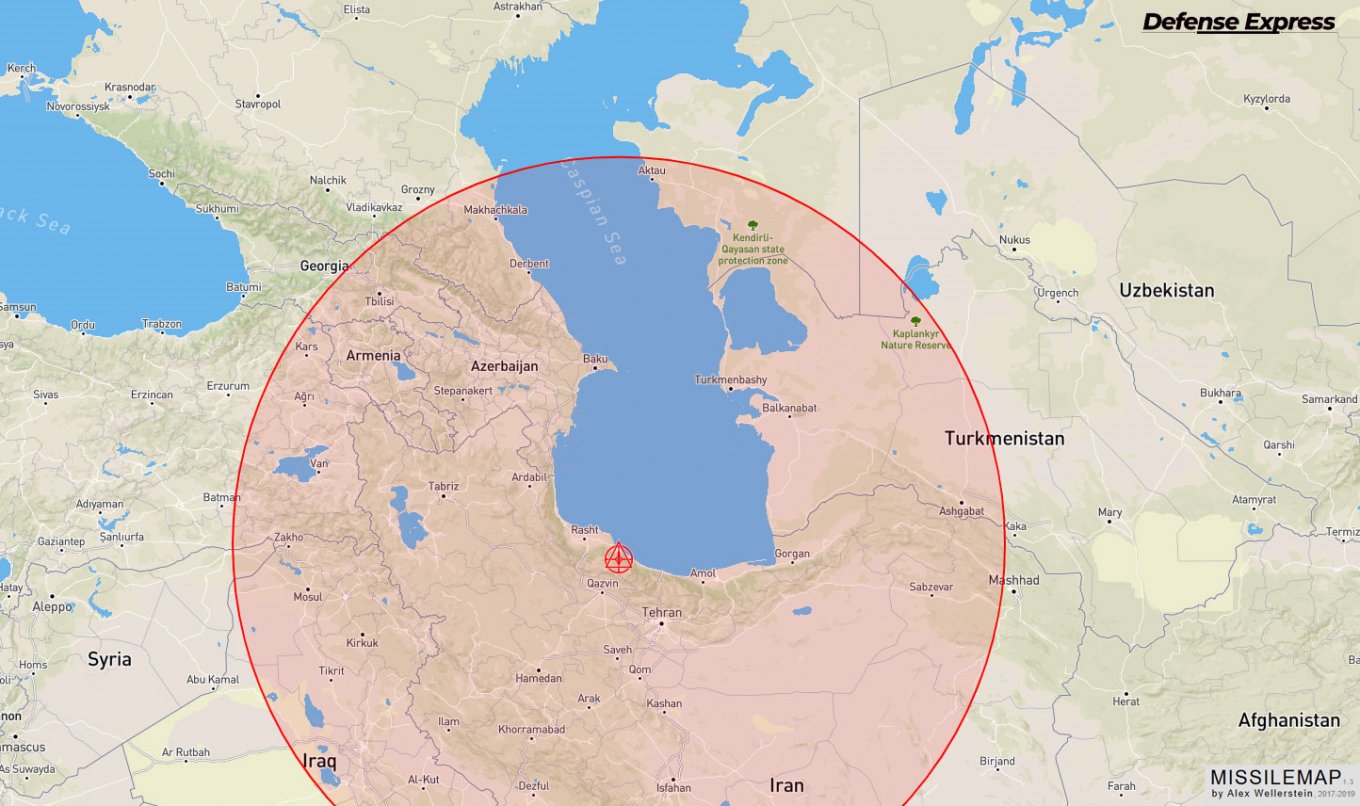
Instrumental to the Nazir radar's effectiveness is its very suitable location on the top of Mount Sumam, 3,721 meters high — the highest peak in the region. Radar placement on this height sets the radio horizon for detecting a target flying at a 50-meter altitude at an impressive 280 km. In practical terms, this is the maximum range for the radar's ability to detect a conventional cruise missile, of course, provided it has enough sensitivity to notice it.
But even from such a peak, Nazir's full declared target detection range of 800 km is realized only for objects flying above 18 km. An aircraft approaching at an altitude of 5 km will become visible from a distance of about 500 km.
Read more: Fath-360 and Arman Systems: New Iranian Weapons on Their Way to russia?



